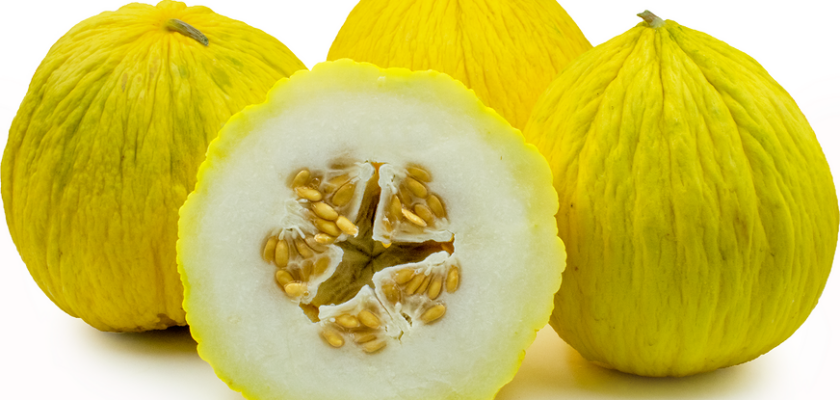Casaba melons are a unique and flavorful type of melon known for their sweet, mildly spicy taste and thick, wrinkled rind. When choosing the best casaba melon, there are certain factors to consider to ensure you enjoy the most delicious and satisfying experience. This buyer’s guide will assist you in making an informed decision when purchasing casaba melons.
- Rind Appearance: Casaba melons have a thick, rough, and wrinkled rind that can vary in color from pale yellow to deep green. Look for melons with a consistent color and texture, avoiding any signs of discoloration, blemishes, or soft spots.
- Texture: Gently press the rind of the melon with your fingers. A ripe casaba melon should yield slightly to gentle pressure without feeling too soft or too firm. The rind should feel firm and even all around.
- Aroma: Smell the blossom end of the melon. A fragrant, sweet aroma is an indication of ripeness. If the melon lacks a distinct aroma, it might not be fully ripe.
- Weight: Lift the melon and assess its weight. A ripe casaba melon should feel heavy for its size, suggesting that it’s juicy and full of flavor.
- Shape: Choose melons that have a symmetrical and uniform shape. Irregularities or deformities could indicate uneven ripening or potential quality issues.
- Stem End: Examine the stem end of the melon. A flat or slightly indented stem end is a sign that the melon was harvested at the right time. An overly sunken stem end might suggest over-ripeness.
- Ripeness: Casaba melons are best when picked at their peak of ripeness, as they don’t typically continue to ripen significantly after harvest. Select melons that exhibit the qualities mentioned above.
- Seasonality: Casaba melons are usually in season during the summer and fall months. This is when you’ll find the freshest and most flavorful options available.
- Storage: Once you’ve purchased a ripe casaba melon, store it in a cool, dry place. If the melon is not yet ripe, you can let it ripen at room temperature and then transfer it to the refrigerator.
- Culinary Uses: Casaba melons are excellent for eating fresh as a snack or adding to fruit salads for a burst of sweetness. They can be used in smoothies, blended into chilled soups, or even grilled for a unique flavor profile. Their mild sweetness and unique taste make them versatile in both sweet and savory dishes.
By considering these factors and tips, you’ll be better equipped to select the perfect casaba melon that’s ripe, flavorful, and ready to enhance your culinary creations. Use the rind appearance, texture, aroma, and weight of the melon to judge its quality and ripeness.
